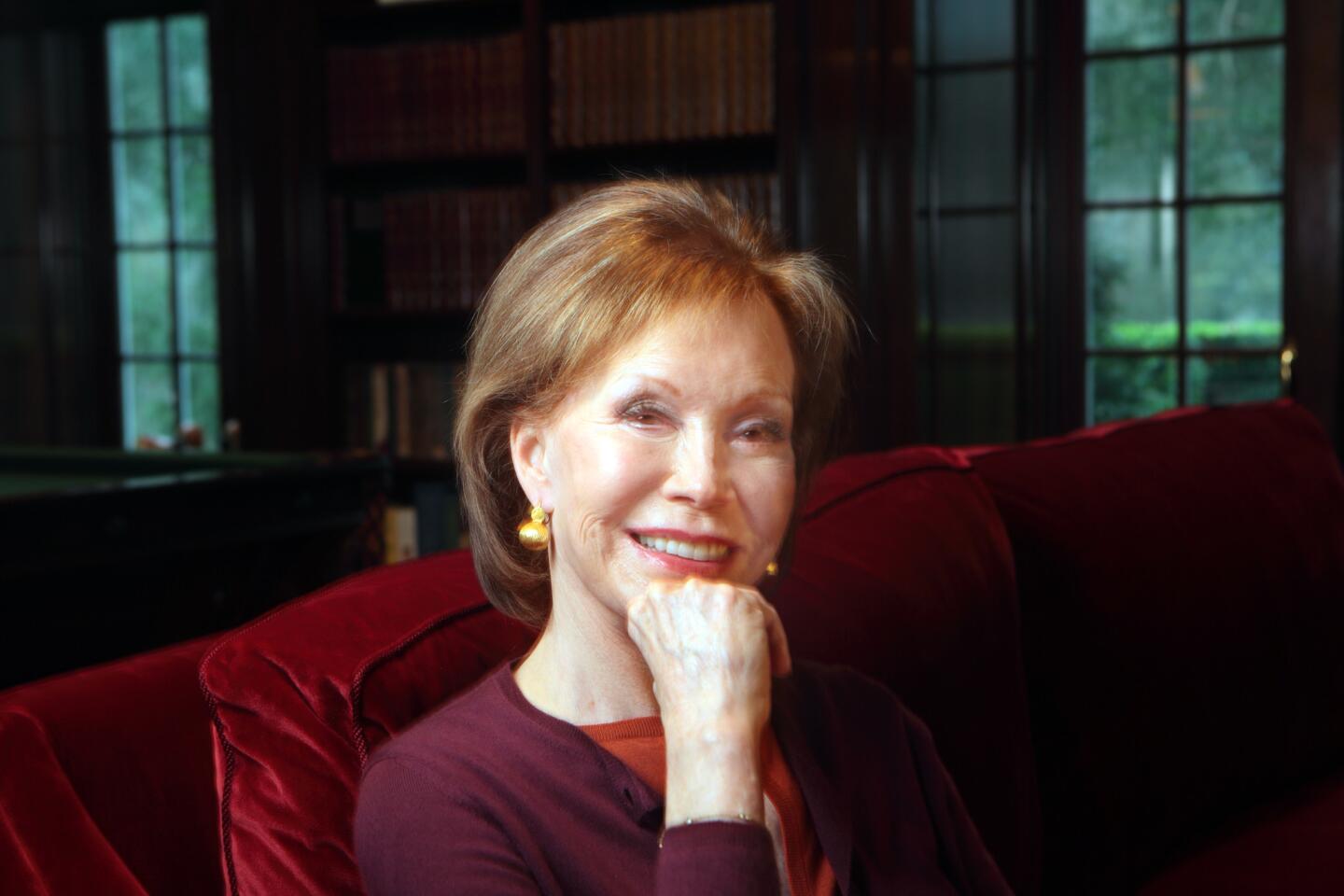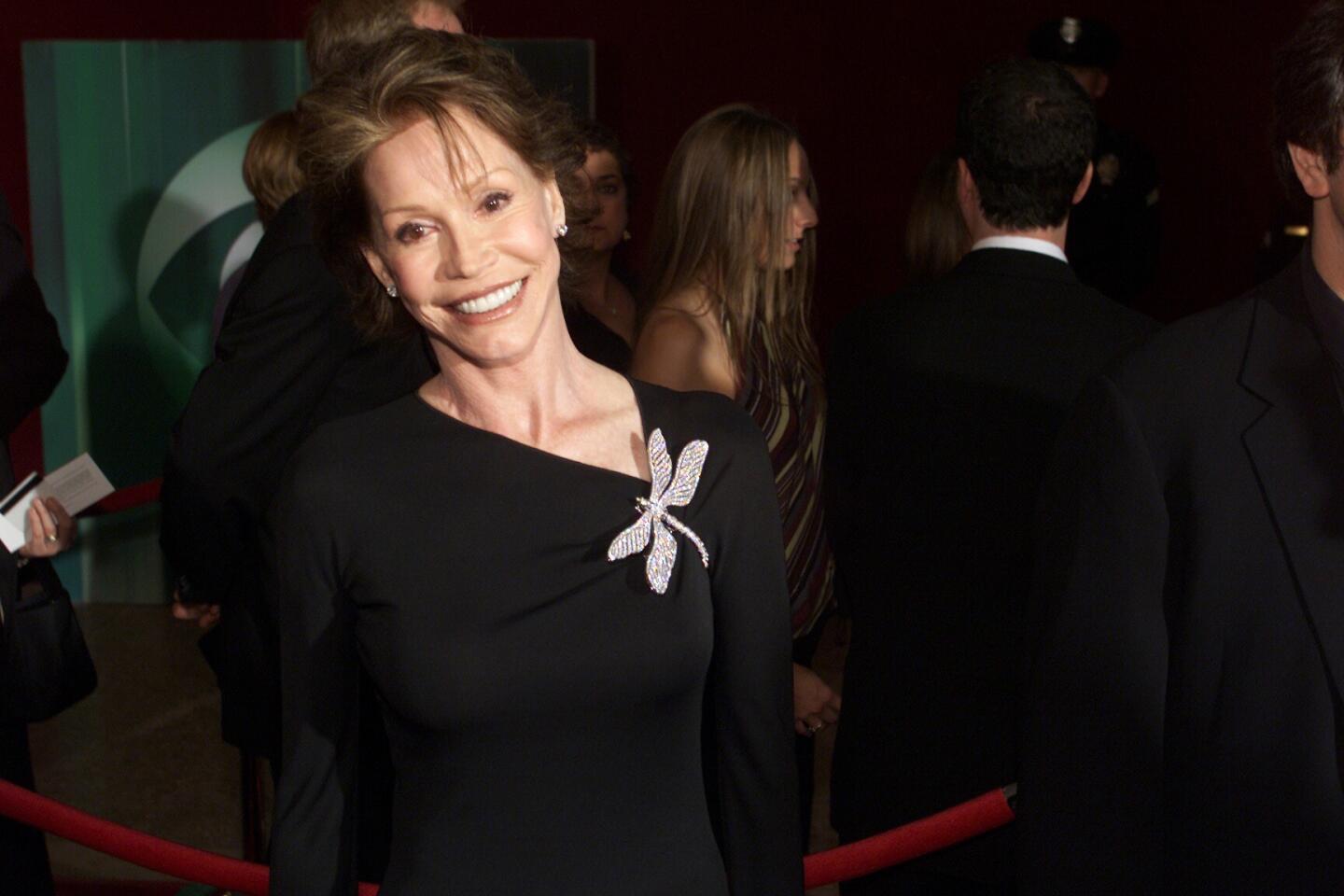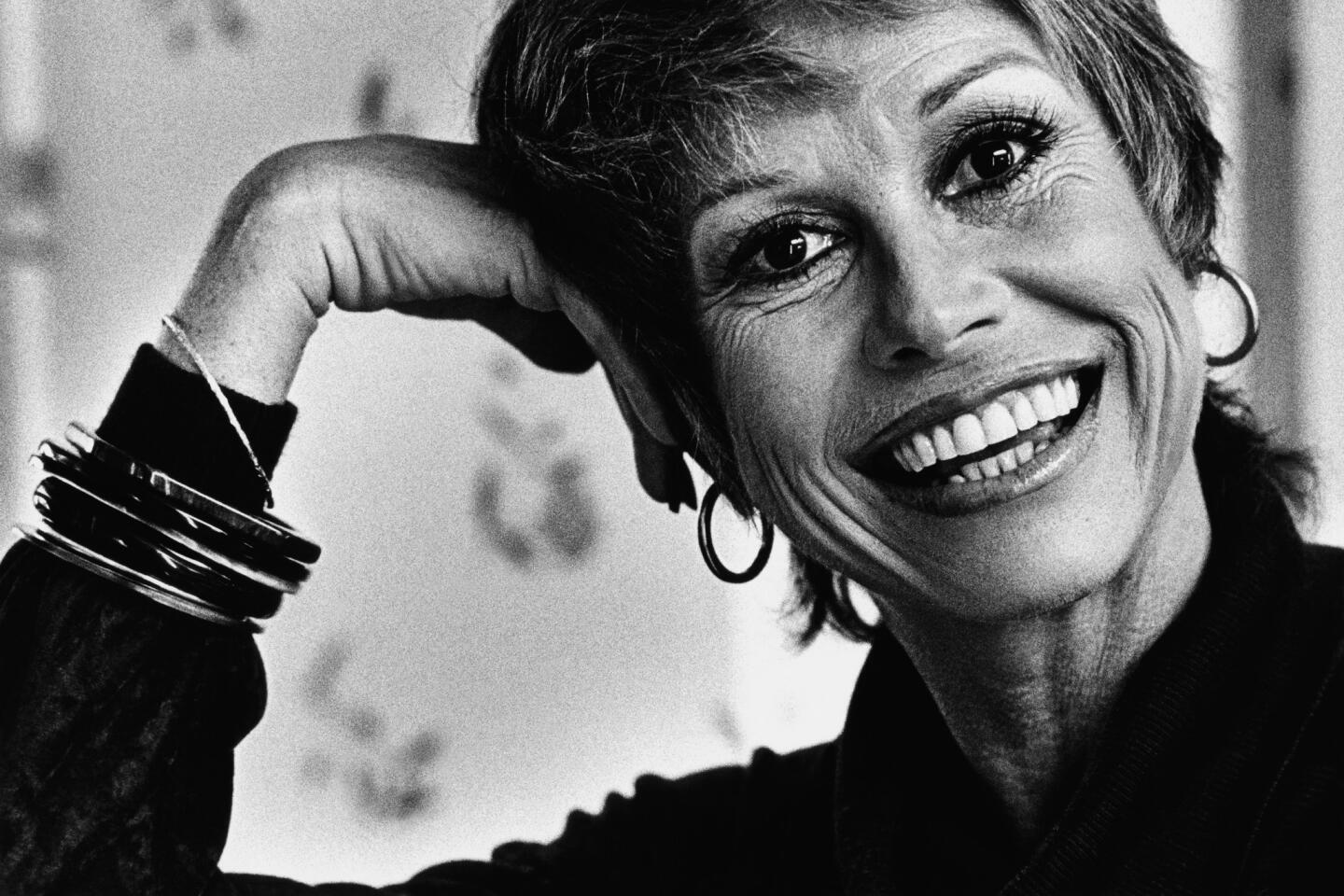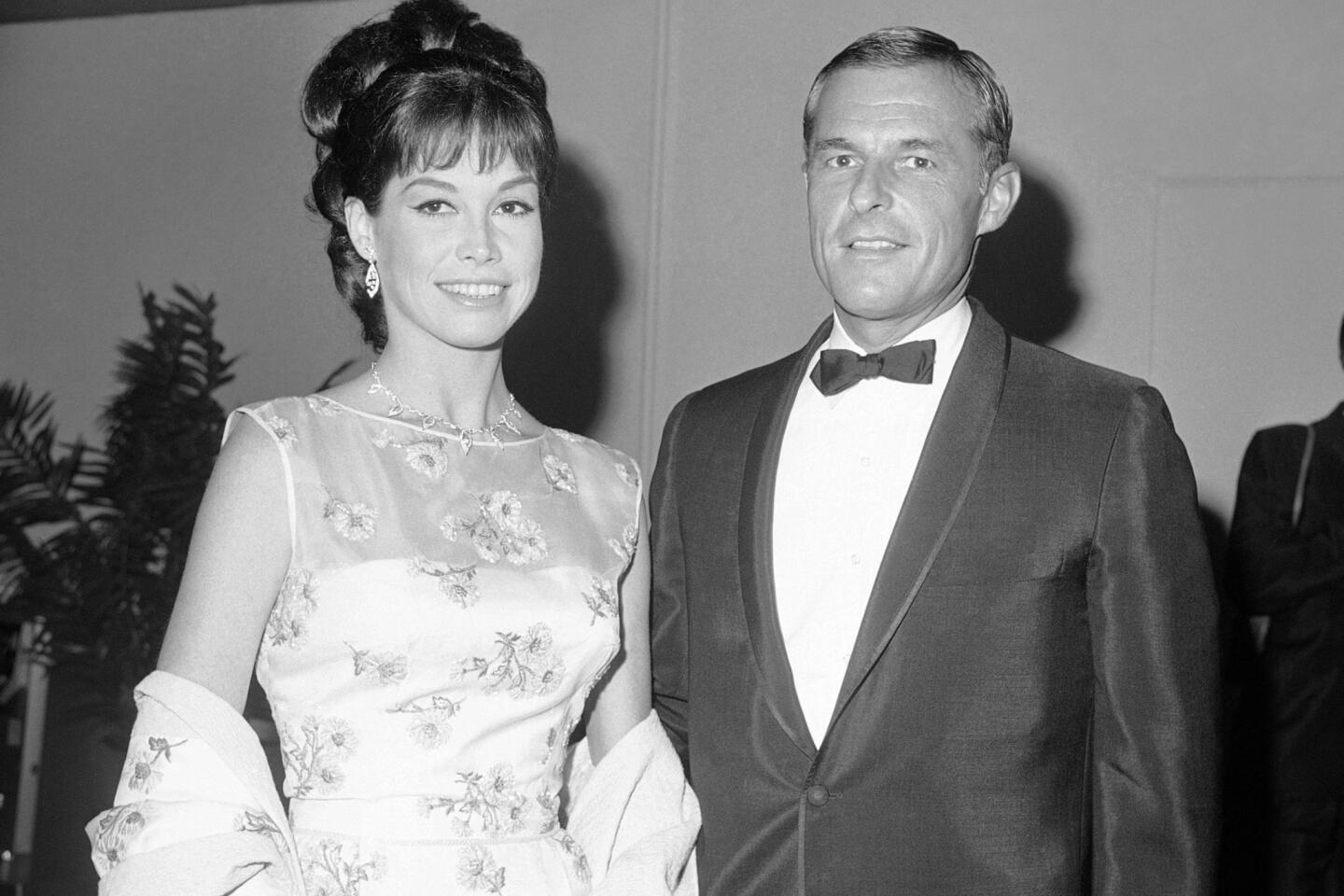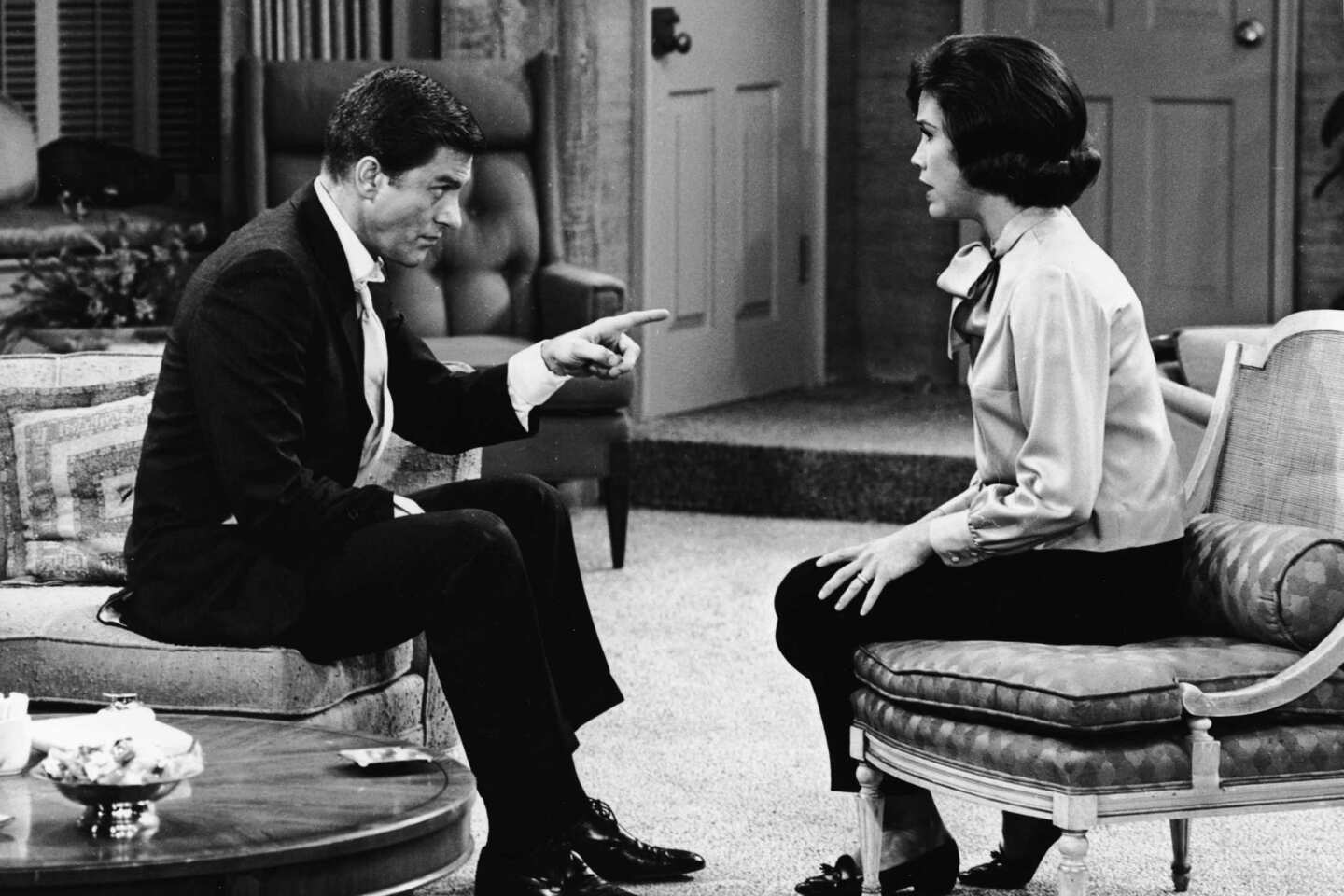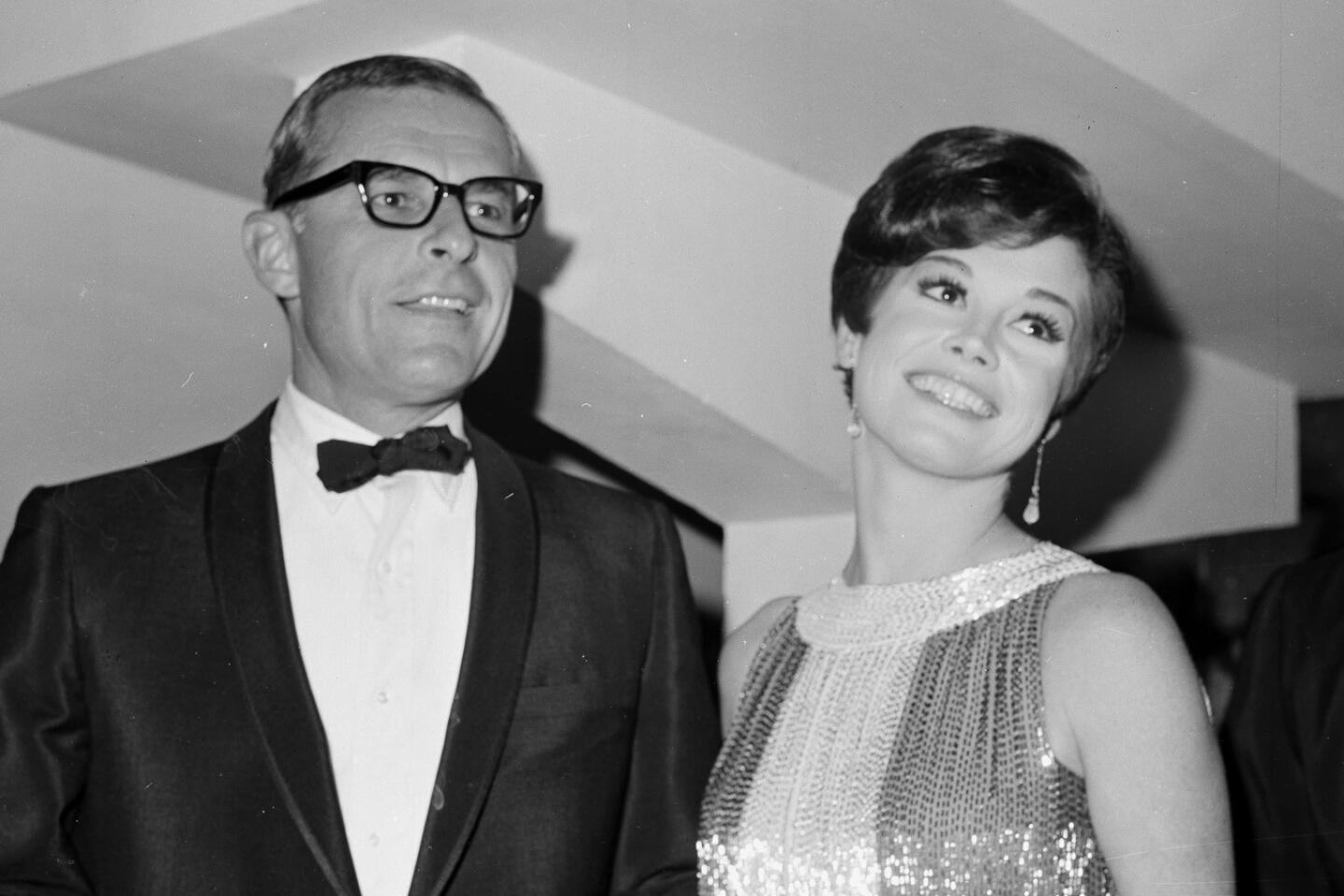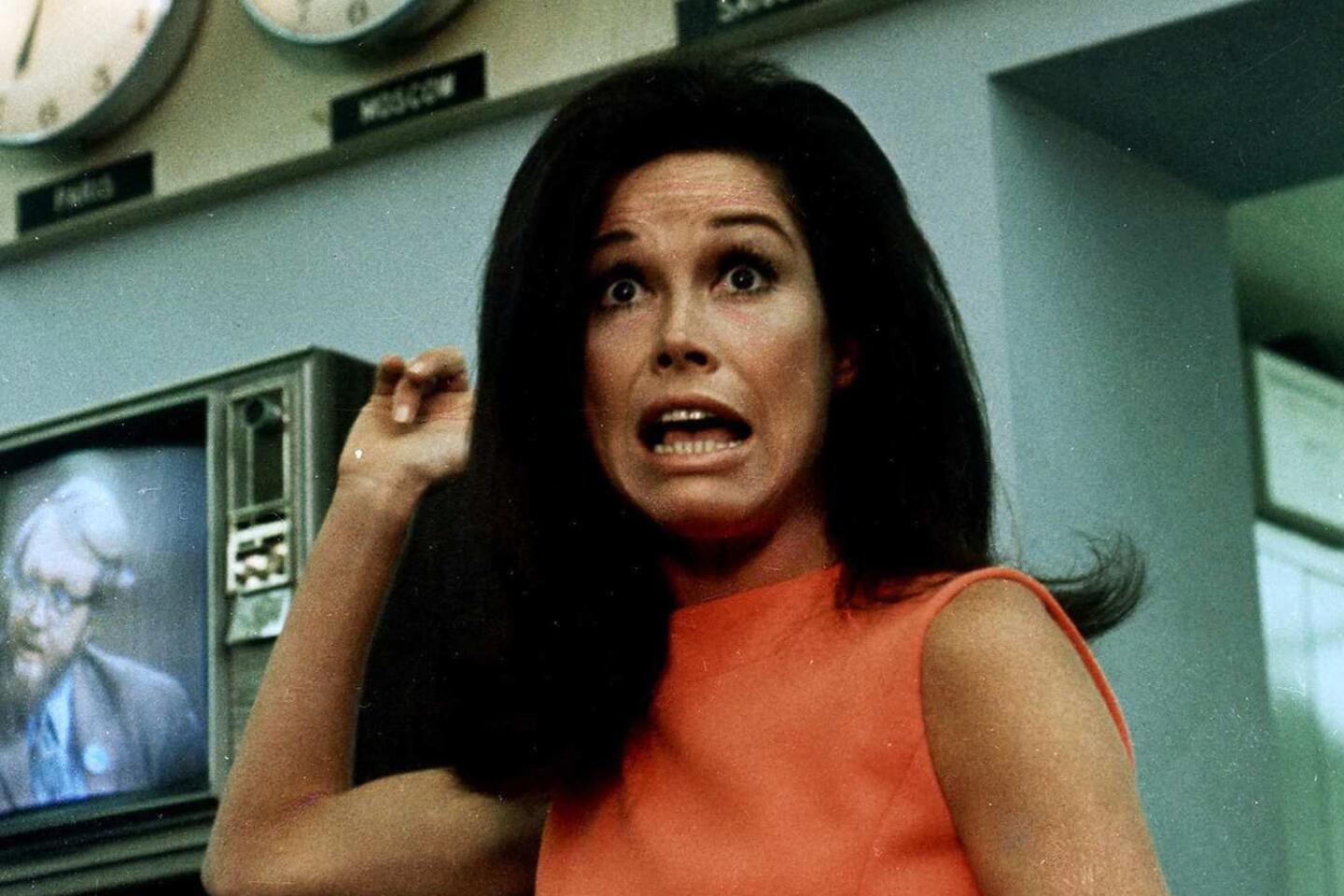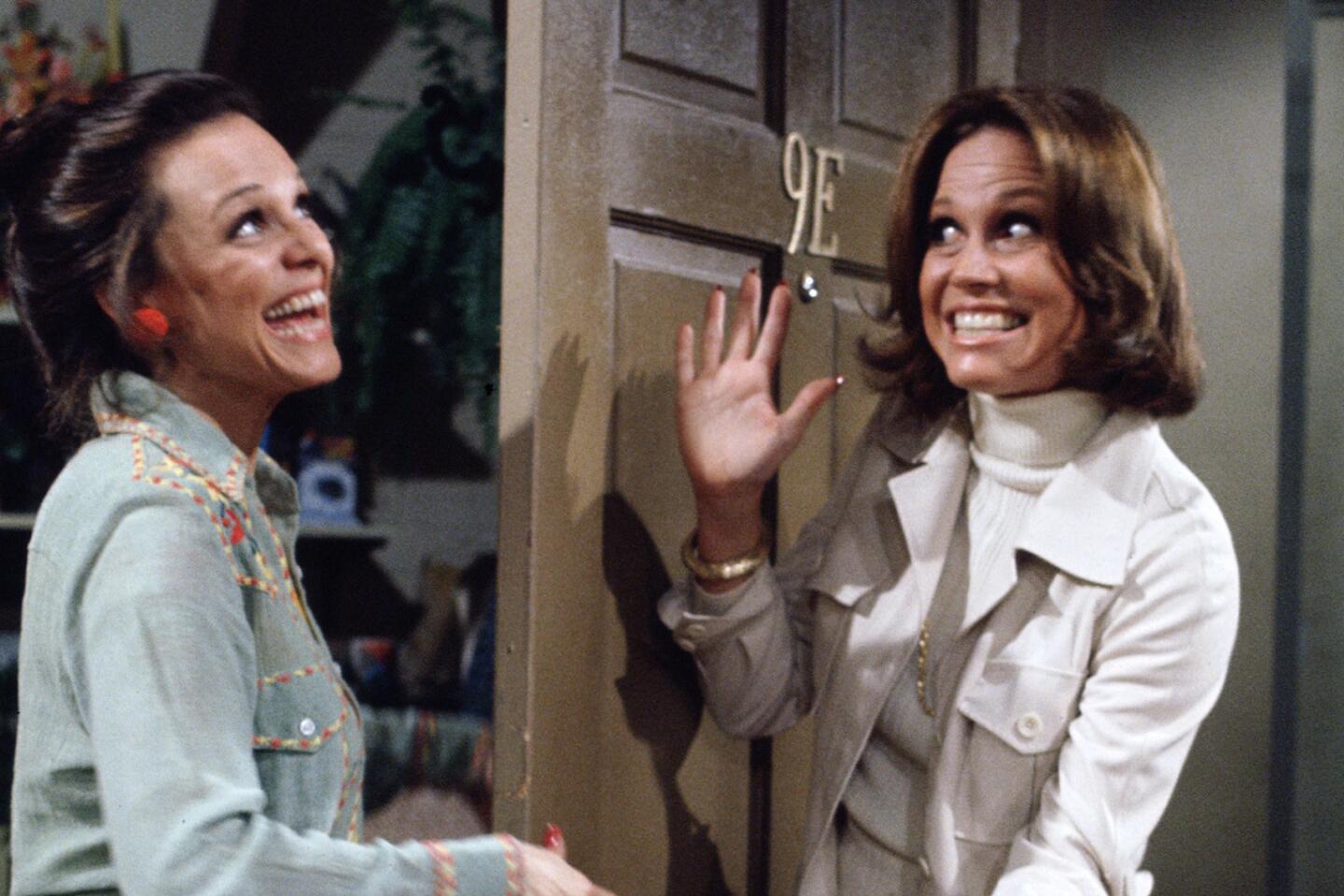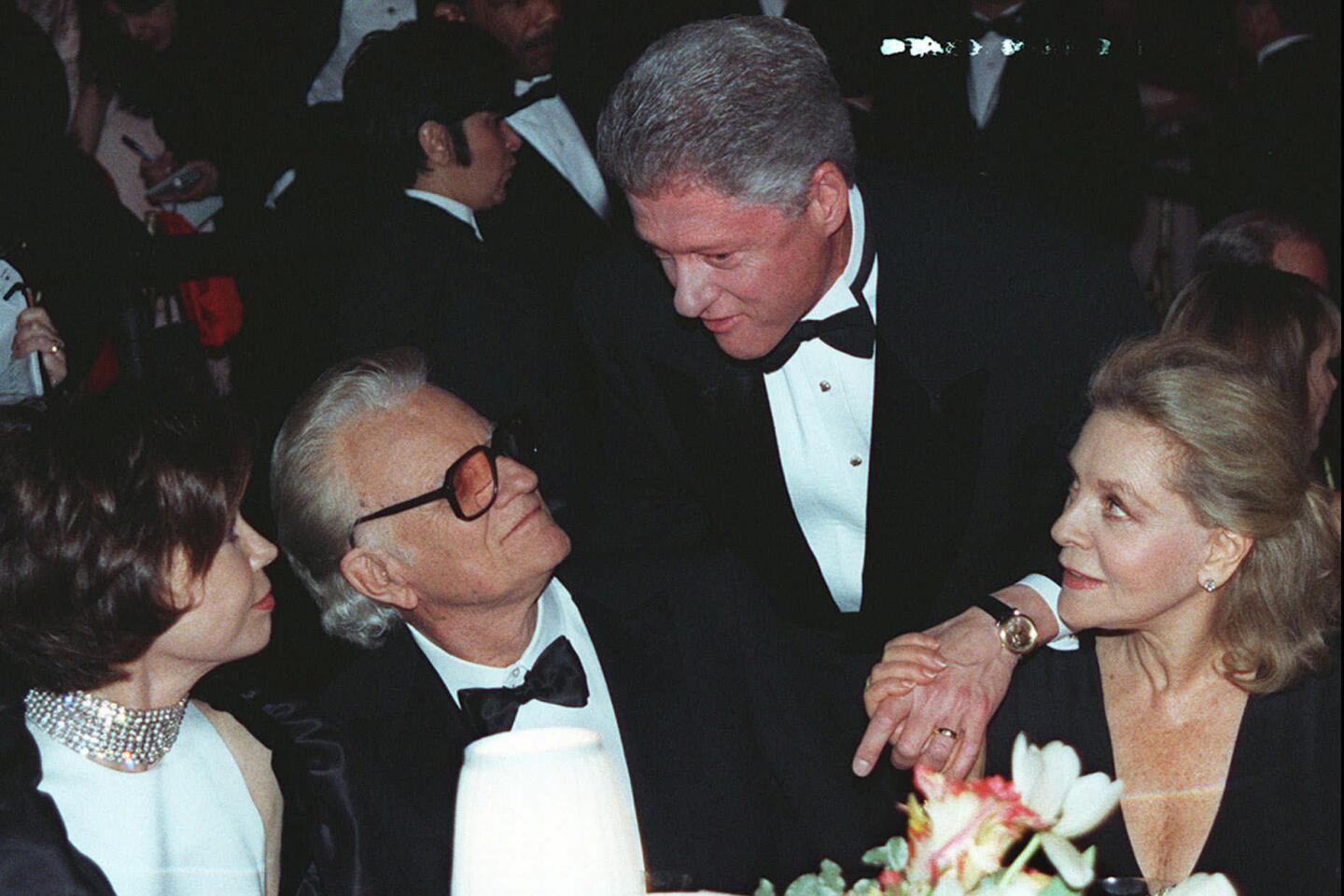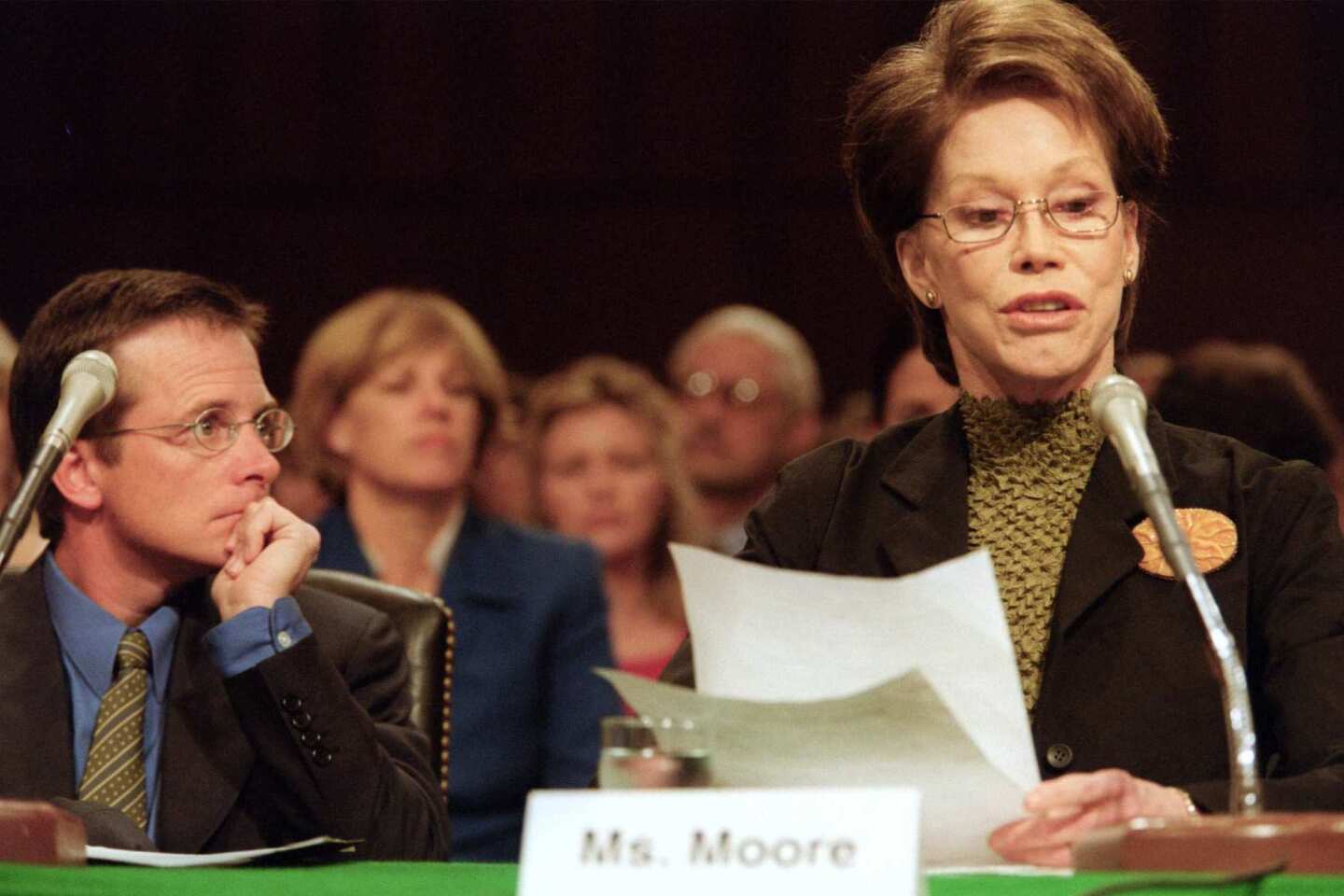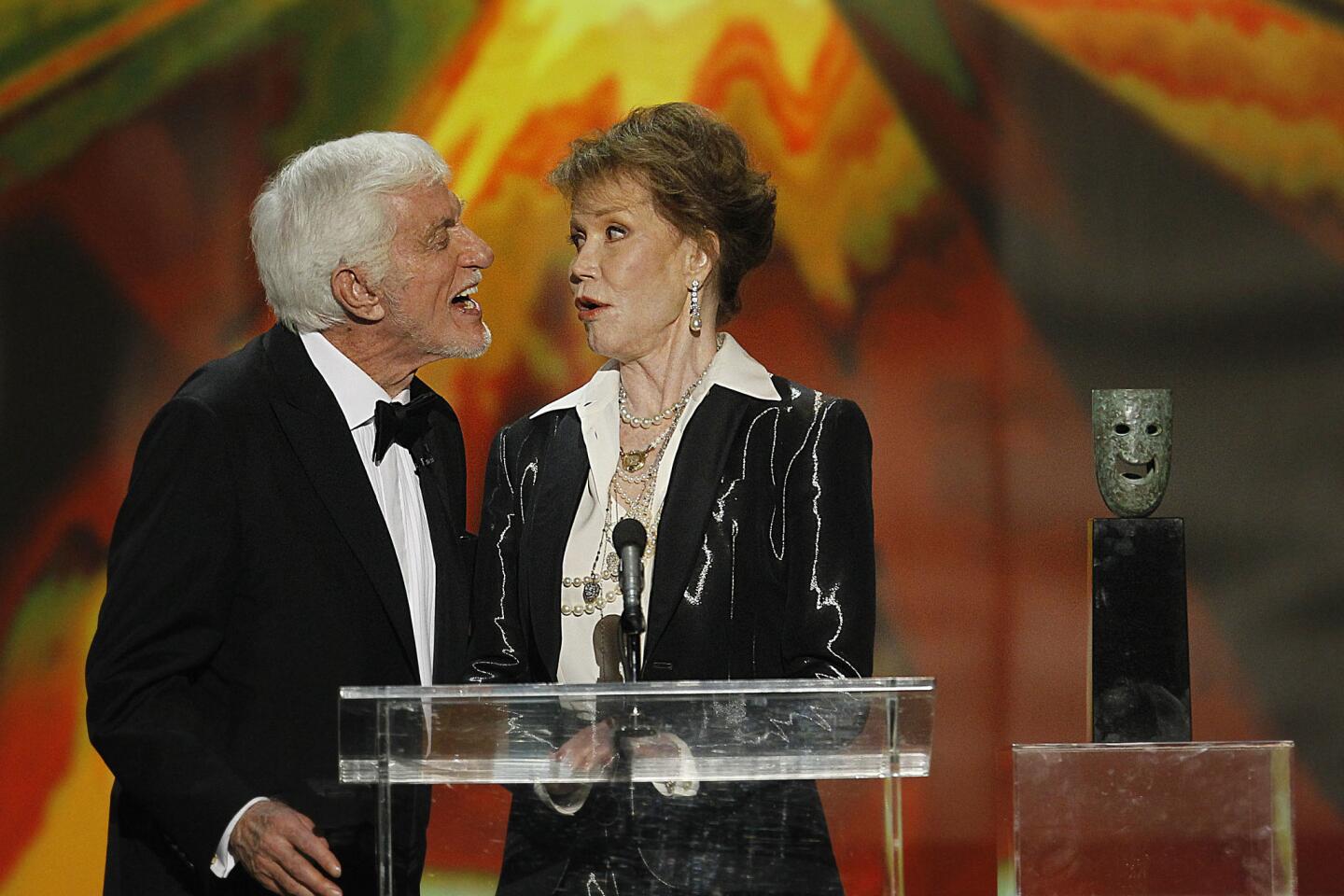Appreciation: Mary Tyler Moore portrayed intelligent, independent characters who were generous of spirit
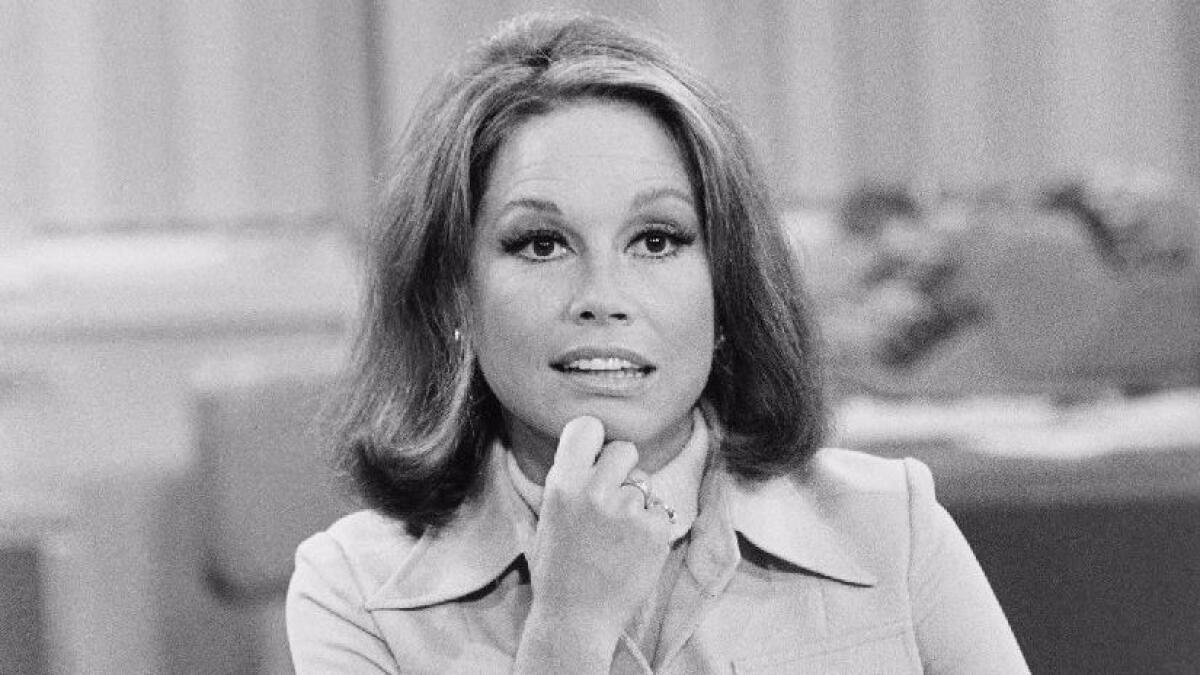
Mary Tyler Moore, who died Wednesday at age 80, was the second great woman of television. Lucille Ball only preceded her in time; in cultural impact, both in front of and behind the camera, as comedians and producers, they were peers, each presenting and enacting, each in her own way, a picture of a strong woman, eternally optimistic, never to be held down. Each had impeccable timing and a natural command of the television stage.
Moore’s television work, though it included a few late nonstarters and some one-off specials, is based in two of the medium’s greatest series, “The Dick Van Dyke Show,” in which she played wife Laura to Van Dyke’s Robert Petrie, and “Mary Tyler Moore,” which ran from 1970 to 1977 and was one of several shows that she produced with then-husband Grant Tinker. Each series defined its decade, or an important piece of it.
FULL COVERAGE: Mary Tyler Moore | 1936-2017 »
“The Dick Van Dyke Show” was inaugurated practically alongside the Kennedy administration, and the Petries had some of that New Frontier spirit, along with the First Couple’s youth and sex appeal. They were mid-century modern, looking ahead toward the streamlined future, not back to the picket-fence comforts of the ’50s. They were handsome and animal; long and lean, both Moore and Van Dyke were good with their bodies — Laura, like Moore, had been a dancer, and the producers found occasions to highlight that talent.
If Rob Petrie was traditionally the breadwinner and occasionally called on to comfort Laura in a quasi-paternal way — Moore could cry funny, and so the scripts often contrived to make her upset — they are nevertheless very much equals in a partnership, on a journey together. There is no sense they are settled in. That the show left the air of its own accord was, in some way, an acknowledgment that the Petries had somewhere else to be.
Mary Richards, Moore’s character in her self-titled series, though a single, childless career woman — and not regretfully so — was not so much a departure from Laura Petrie as a kind of alternate timeline version of her. (Mary’s significant other is her boss, Ed Asner’s Lou Grant, and more broadly, her job.) She shared her predecessor’s intelligence and independence, her generosity of spirit. They could milk apprehension in an unfamiliar situation, but they never backed down. They had spine but lacked ego.
And though they were not as nice as other characters sometimes imagined them to be, they were kind. Within the show she built for herself, Moore was very much an ensemble player, often a straight woman to more exaggerated characters — and that too is a kind of kindness.
We will remember her as likable — a wide smile, a welcoming voice — though it is not enough to be likable to make the lasting impression Moore leaves. There was intelligence behind her acting choices. She could swing in other directions too: In “Ordinary People,” for which she was nominated for the Academy Award for lead actress, she played a woman frozen into a dead semblance of graciousness by tragedy.
And Moore’s life was challenging in ways that were not necessarily reflected in the those characters. She was an actress, after all.
Follow Robert Lloyd on Twitter @LATimesTVLloyd
ALSO
Mary Tyler Moore, beloved TV icon who symbolized the independent career woman, dies at 80
‘Who didn’t love her?’: Mary Tyler Moore is remembered by celebrities as an inspiration, trailblazer
Actor and director Robert Redford remembers ‘Ordinary People’ star Mary Tyler Moore
The complete guide to home viewing
Get Screen Gab for everything about the TV shows and streaming movies everyone’s talking about.
You may occasionally receive promotional content from the Los Angeles Times.
